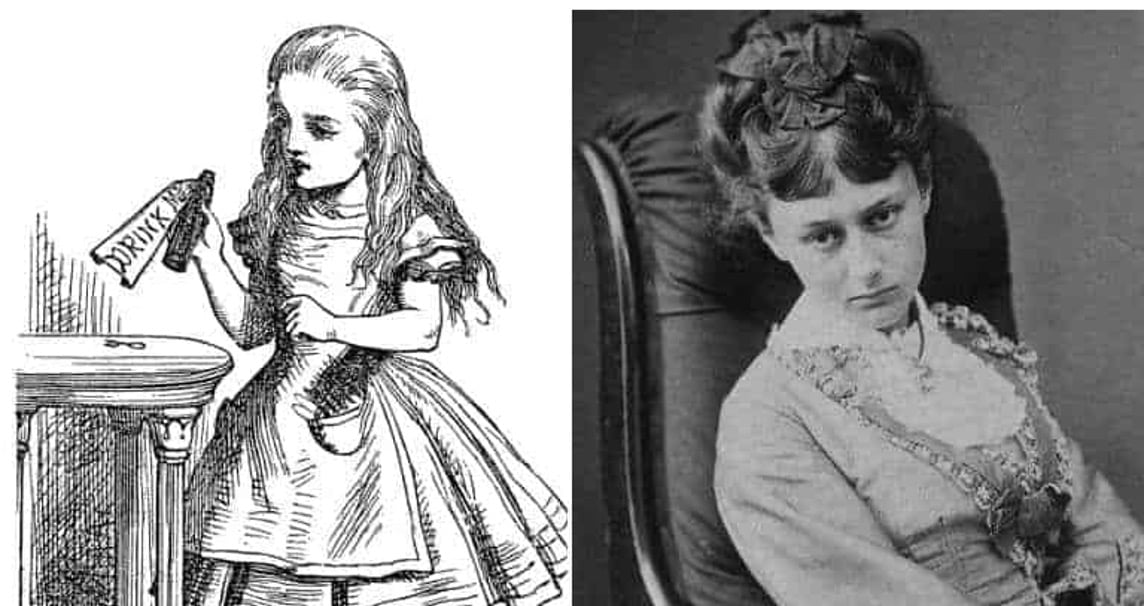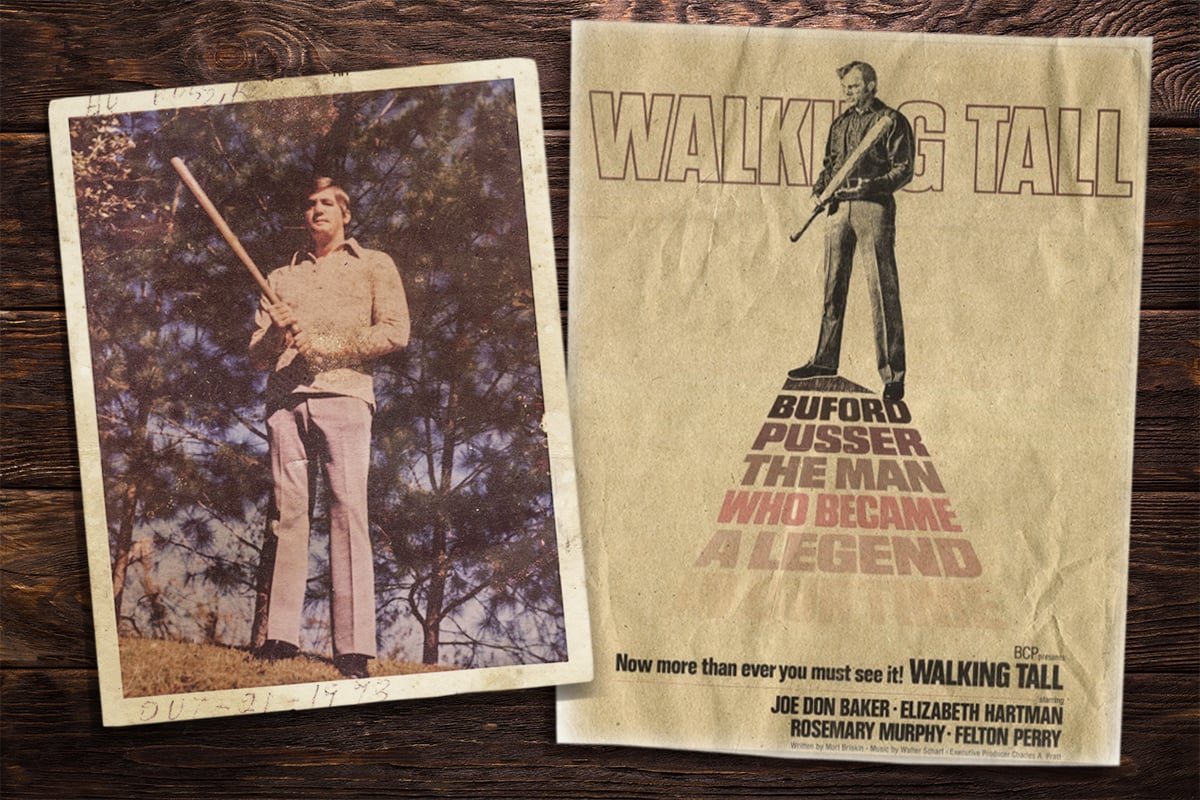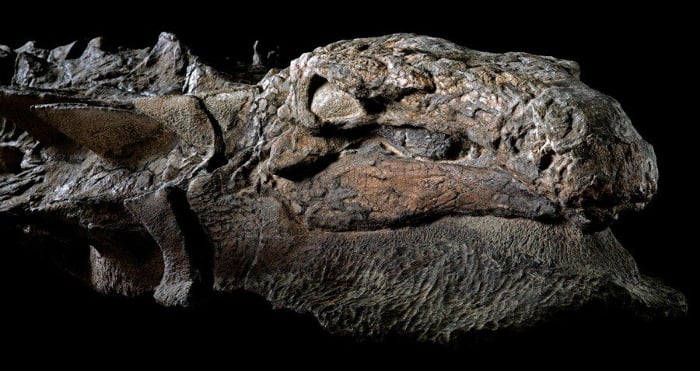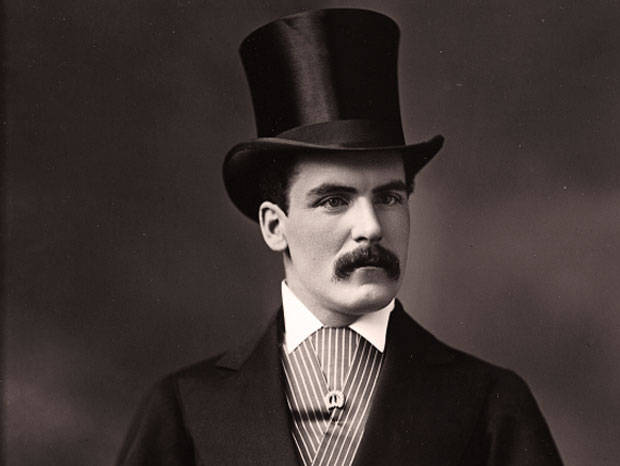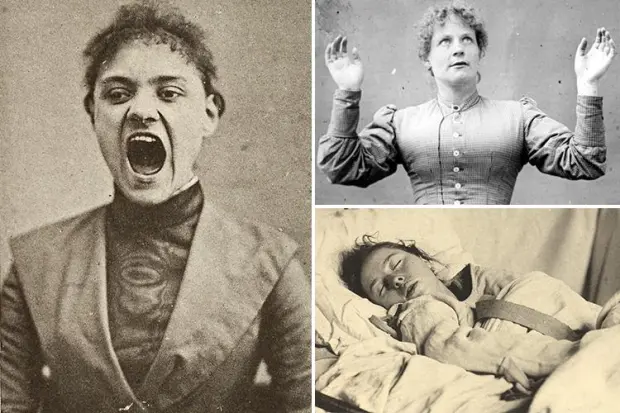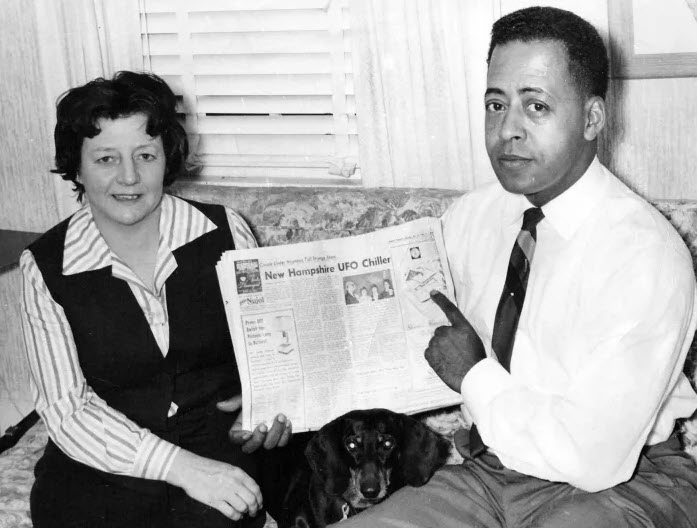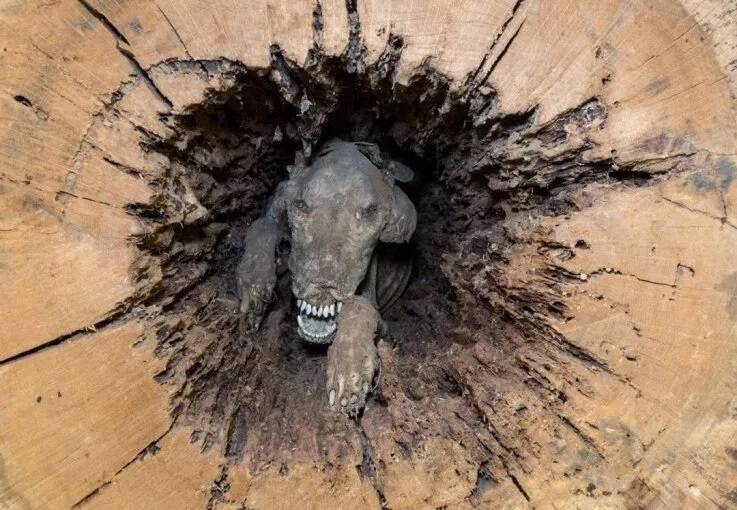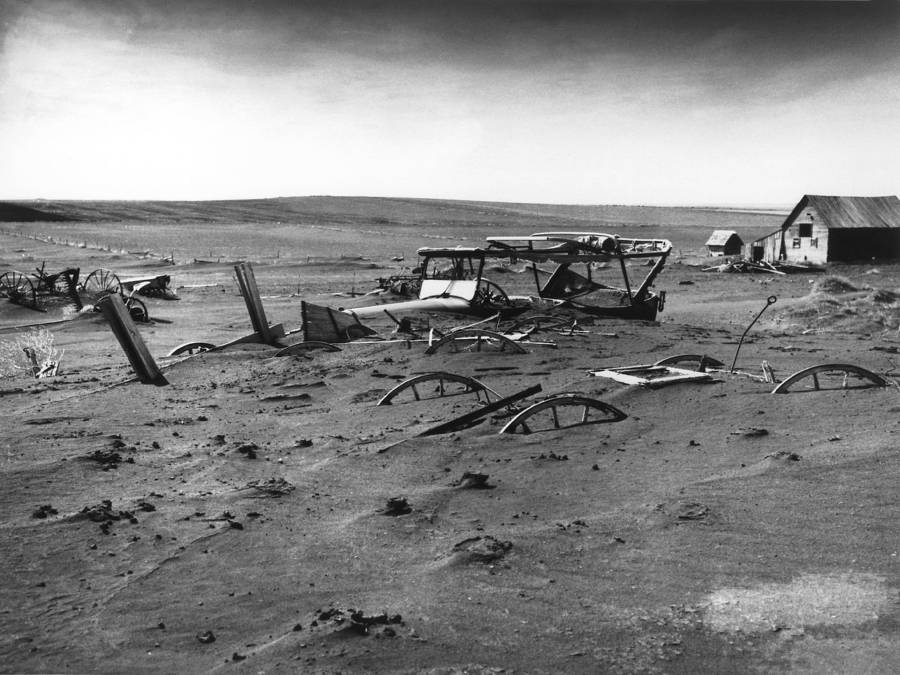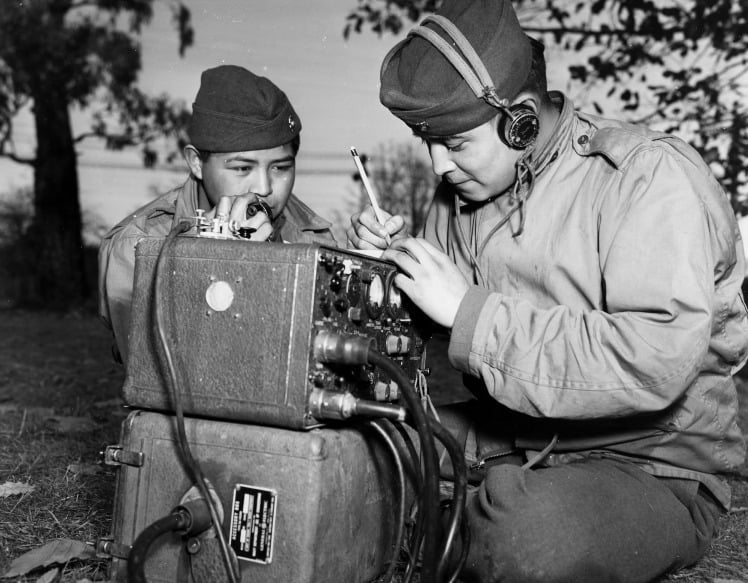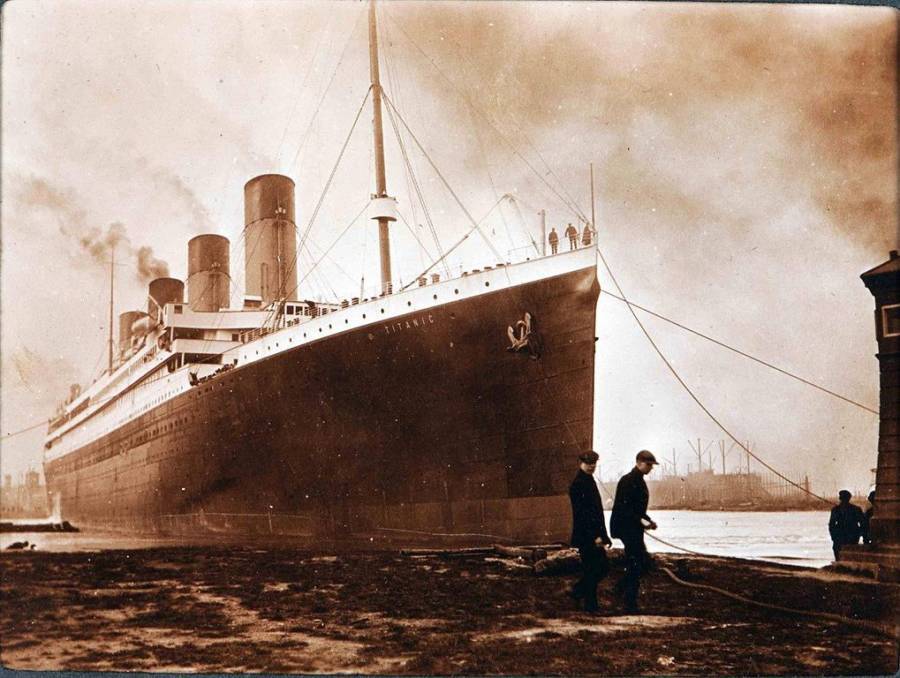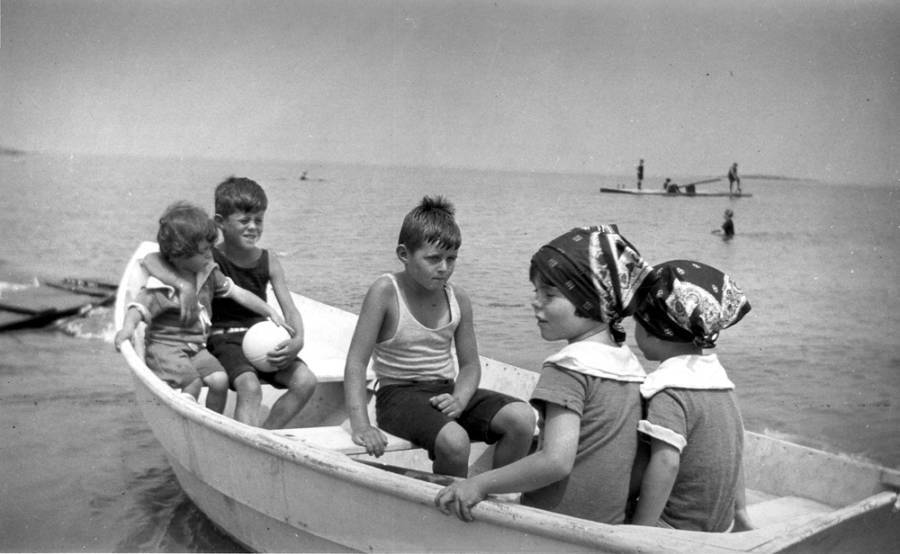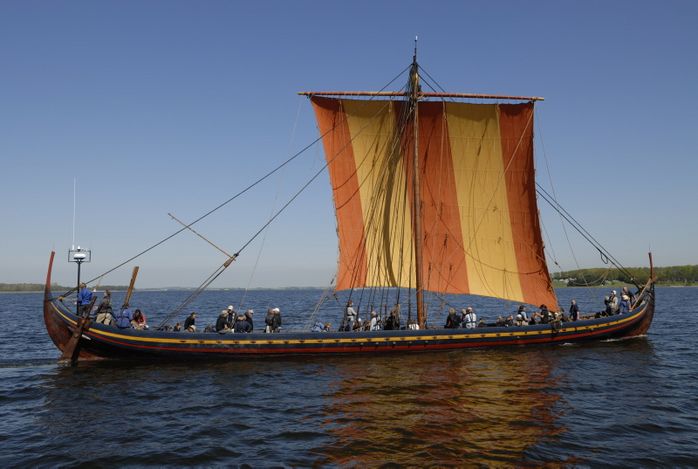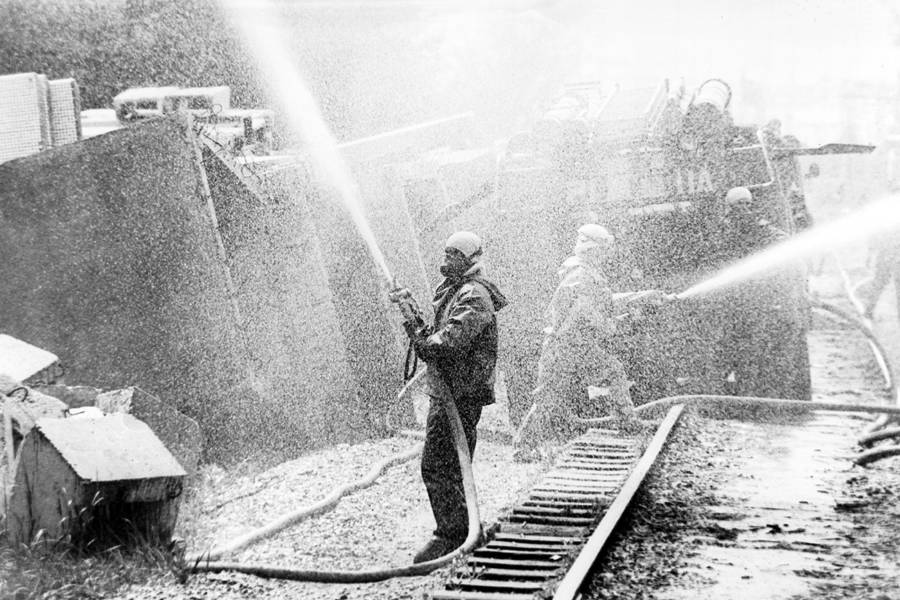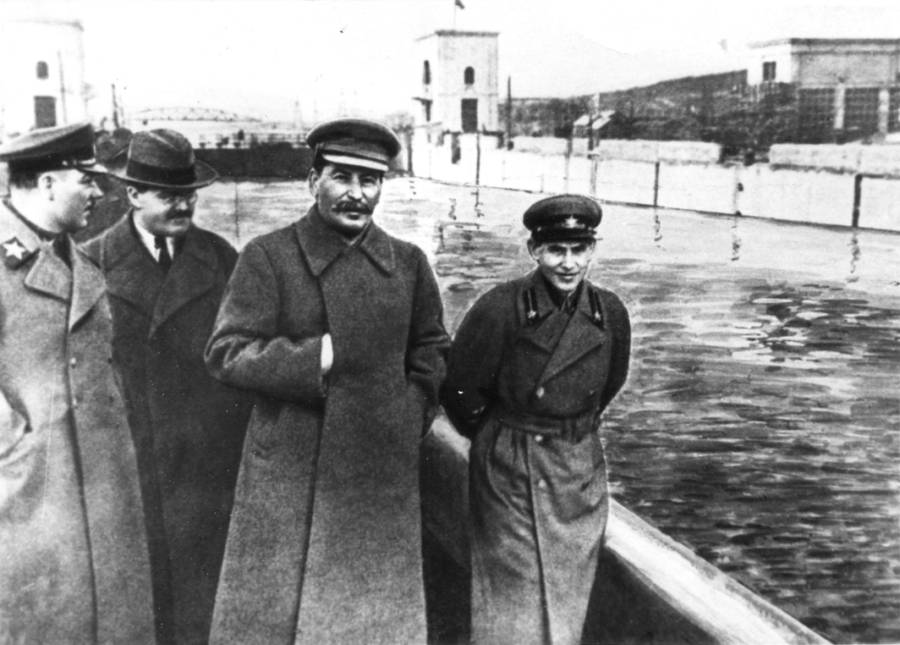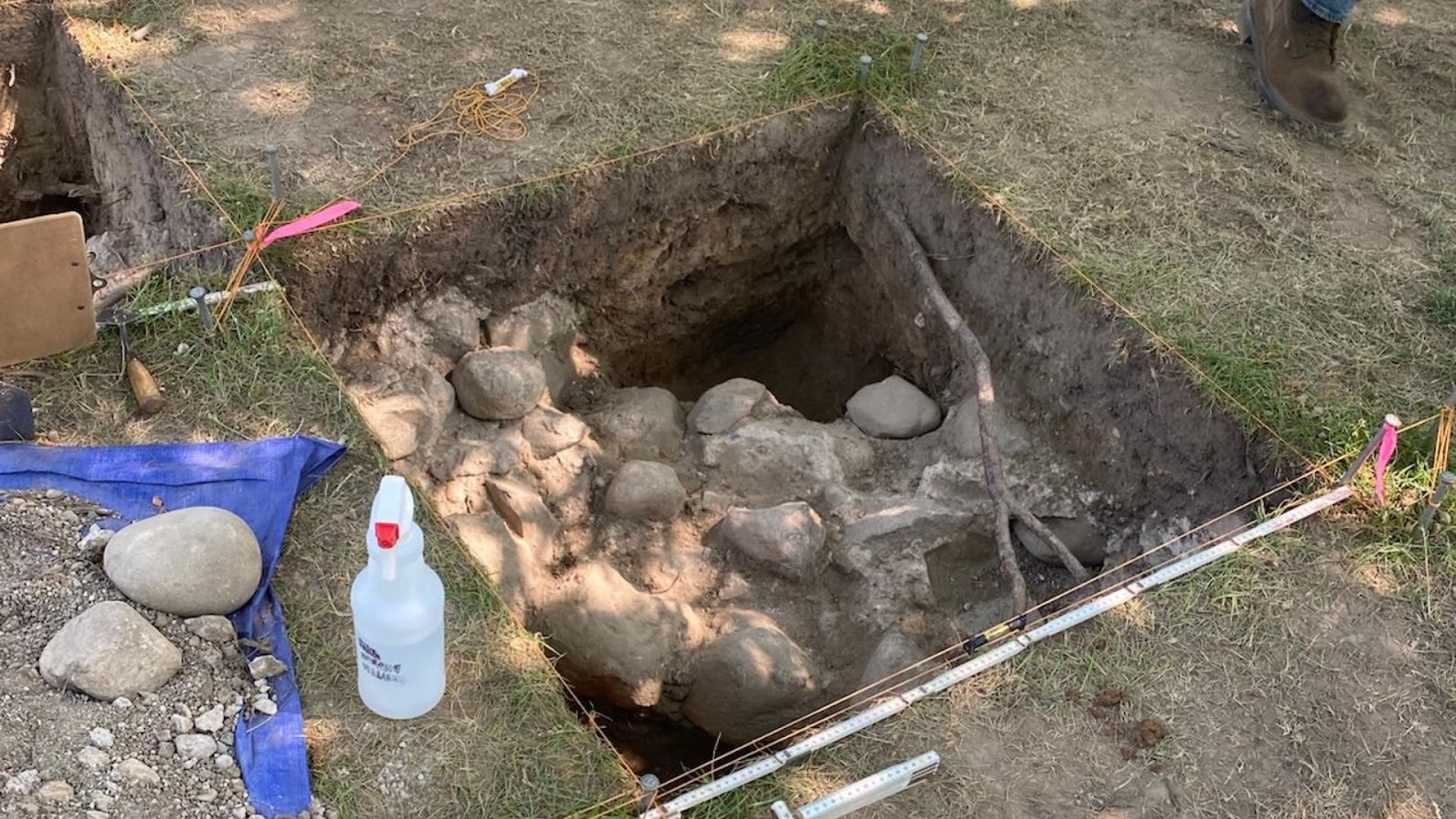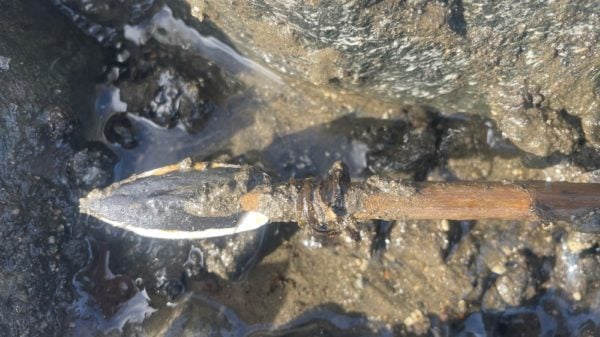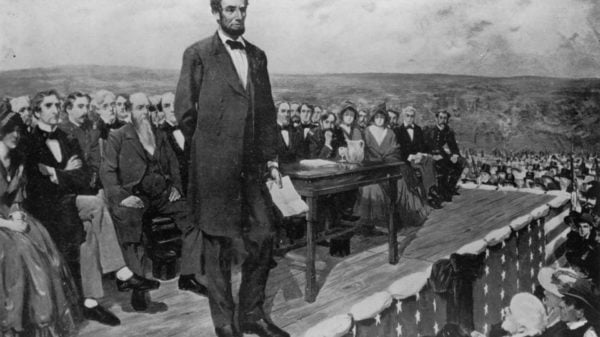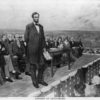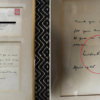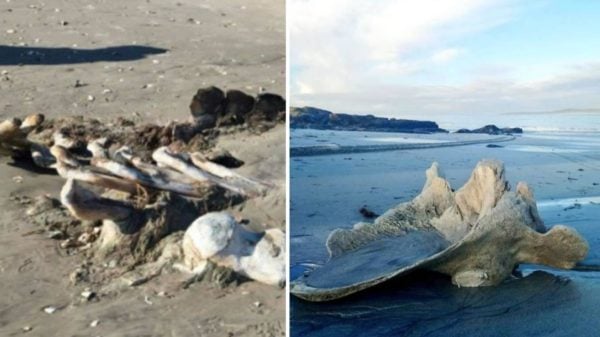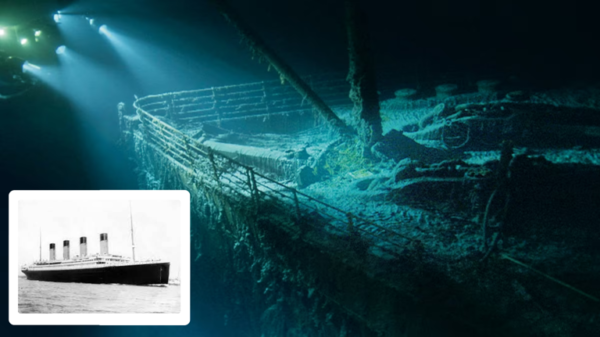Workers at Michigan State University (MSU) recently unearthed an essential part of the institution’s legacy that had been hidden beneath the soil for over a century. This serendipitous find was made during routine work intended to install hammocks close to student residence halls along West Circle Drive.
The Infrastructure Planning and Facilities Department of MSU initiated the groundwork in June. However, while digging, they encountered an unexpected obstacle – a “hard, impenetrable surface under the ground,” as described in a recent press release from the university.
Assuming they had perhaps found a large rock or an old building foundation, the workers sought assistance from MSU’s Campus Archaeology Program (CAP). CAP, known for preserving and investigating the institution’s historical and archaeological assets, immediately delved into old maps and university records. This in-depth research revealed that the discovered structure was the foundation of MSU’s first-ever observatory, established in 1881.
Interestingly, the observatory had a notable figure behind its construction: Professor Rolla Carpenter. An alumnus of the Michigan State Agricultural College (the original name for MSU) from the class of 1873, Carpenter had an eclectic academic background. Apart from being deeply involved in astronomy, he also taught mathematics, French, and civil engineering at the institution.
Historical sources indicate that this observatory played a significant role in the university’s academic scene in the late 19th century. Ben Akey, a doctoral student from the university’s archaeology and anthropology department, provided insight into the observatory’s significance. He mentioned, “In the early days of MSU’s astronomy program, Carpenter would take students to the roof of College Hall and have them observe from there, but he didn’t find it a sufficient solution for getting students experience in astronomical observation.”
The observatory’s prominence in MSU’s academic and research spheres extended beyond Carpenter’s tenure. In the 1920s, the observatory became a pivotal location for the U.S. Weather Bureau. The university subsequently received it as a donation in the 1940s, and it was then named after H. Merrill Wills, a distinguished meteorologist from the U.S. Weather Bureau.
This historic building has undergone significant changes over the decades. The Wills House, which stands at the observatory’s original location, previously housed MSU’s meteorology department. It was subjected to extensive renovations in 2015, with a budget surpassing $970,000. These renovations transformed the building, designating it as office space for high-ranking MSU officials.
Stacey Camp, the director of CAP and an associate professor of anthropology at MSU, highlighted the program’s mission. She stated, “The campus archaeology program is designed to protect and mitigate our below ground heritage here at MSU. We collaborate with IPF on construction projects and we are involved in preplanning stages to ensure that if they potentially hit an archaeological site, we can protect it in some manner.”
As for the future of this significant discovery, specifics are still under discussion. However, MSU spokesperson Alex Tekip announced that a ground-penetrating radar examination is scheduled for August 9th to gather further details about the site.




